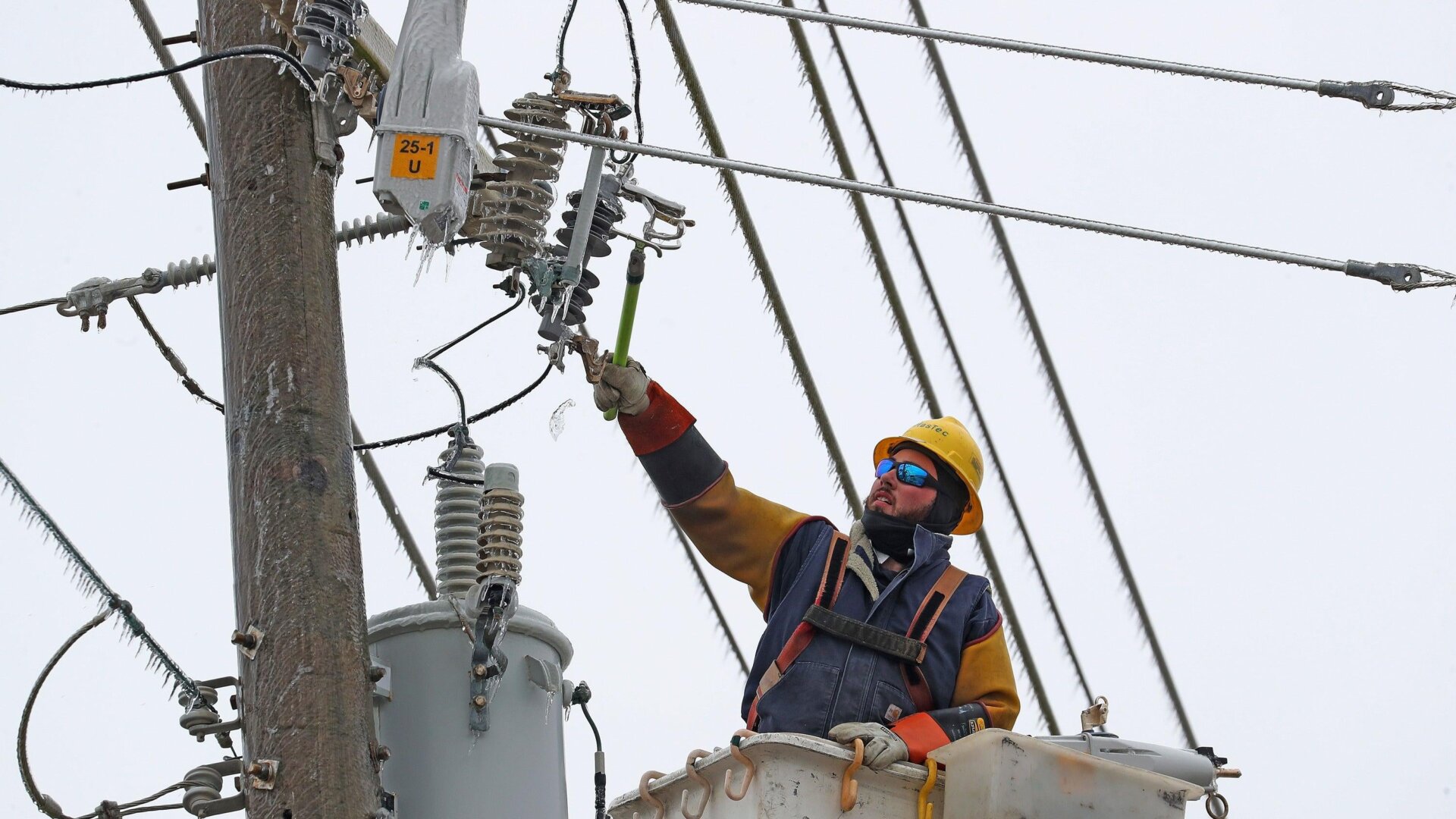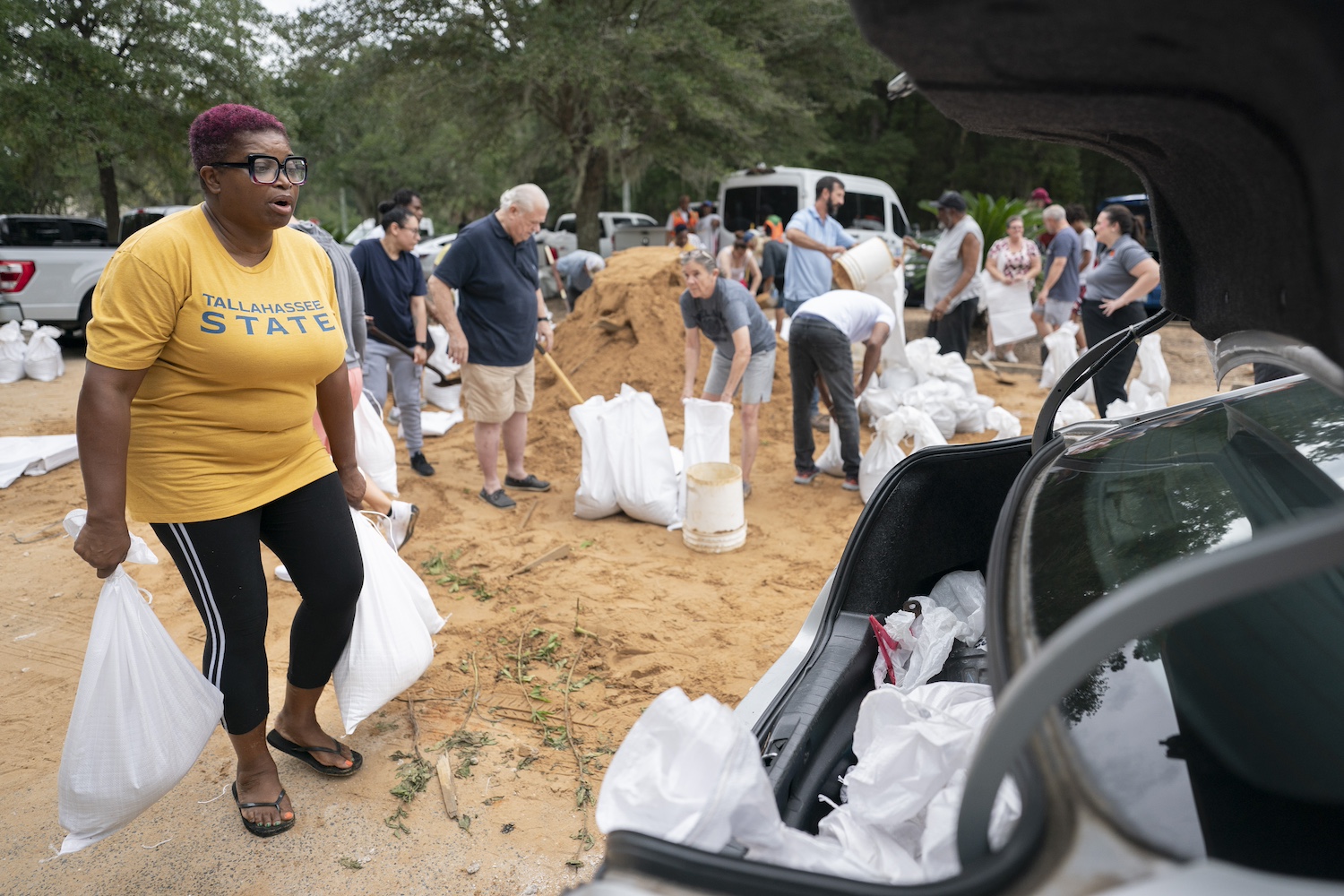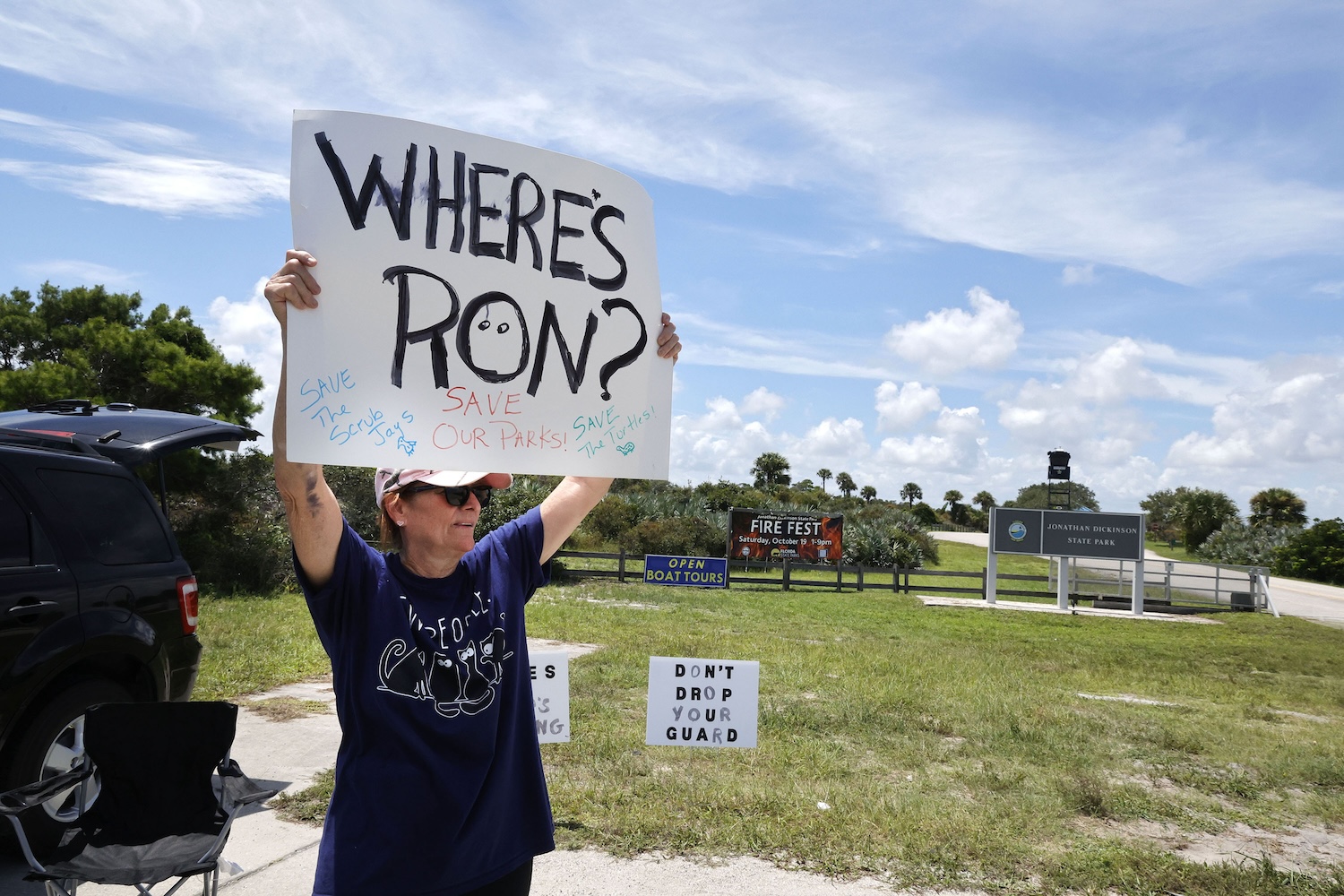Huge portions of the East Coast narrowly avoided a grid catastrophe over Christmas like the one that hit Texas less than two years ago. Even so, hundreds of thousands of customers in North and South Carolina experienced hours-long holiday blackouts with little heads up during freezing temperatures—blackouts that, utility officials said, helped preserve the integrity of the larger grid.
On Tuesday, representatives from Duke Energy, one of the nation’s largest utilities, testified to the North Carolina Utilities Commission to explain why they cut power to some 500,000 homes and businesses in North and South Carolina, about 15% of the utility’s total customer base, amid plunging temperatures on Christmas Eve.
According to Duke representatives, the rolling blackouts were needed to conserve power during the cold snap, which sent demand climbing as high as 10% over their forecasted models, Bloomberg reported. In the hearing, the company described a series of unfortunate events—including freezing equipment at coal and natural gas facilities and software outages—that led up to the problems. In multiple states across the Southeast, fossil fuel generation dipped severely during the holiday cold snap, by as much as 68%, as coal and gas facilities were damaged by high winds and serious cold.
What’s more, NC Policy Watch reports that customers in the Carolinas said Duke gave them barely any heads-up about the rotating power cuts, and that while customers were told the blackouts would only last between 15 and 30 minutes, the power was out for hours for some on Christmas Eve. The utility said that a software error that otherwise helps manage rolling power cuts failed, meaning the utility had to restore power manually to several customers and took a lot longer to get the lights back on.
It wasn’t as if the storm was unpredictable—far from it. By the time Duke shut off its power on Christmas Eve, forecasters had already been warning for days of serious cold snaps and wind across much of the country. And increased demand during a holiday falling on a weekend is usual, but Duke said its models did not sufficiently predict the amount of actual demand over Christmas.
But, according to Duke, cutting off power in the Carolinas at the last minute was needed to preserve the integrity of a much larger system. Power disruption in Duke’s service area could have jeopardized power supply to the Eastern Interconnection grid, one of the two major electric grids in the country, which was at risk as power demand shot up in multiple states over the Christmas holiday. If the grid had collapsed in the Carolinas, Duke said, it could have triggered outages across the larger system.
“Your description of the events are concerning and scary,” Utilities Commission chairperson Charlotte Mitchell told Duke representatives at the January 3 meeting while discussing what could have happened to the Eastern Interconnection system. “We need to understand what happened here to protect against this happening again.”
During the cold snap, neighboring utilities were also working overtime, and some also cut power to customers: the Tennessee Valley Authority instituted blackouts for the first time in its history, The Tennessean reported. The geographic spread of the cold snap and the stress caused to other utilities made Duke unable to buy extra power from any other providers—a move utilities usually undertake when there’s too much demand for the power they have.
The temperatures over Christmas Eve reached lows of 10 degrees Fahrenheit (-12.2 degrees Celsius) in Raleigh and 9 degrees Fahrenheit (-12.7 degrees Celsius) in Charlotte, far from the record lows of -9 degrees Fahrenheit (-22.8 degrees Celsius) and -5 degrees Fahrenheit (-20.6 degrees Celsius) set in the mid-1980s. But, the utility said, being unable to buy power from neighboring providers coupled with increased demand thanks to the holiday weekend made for a mad scramble, regardless of the temperature.
This close call is part of a larger conversation around the state of the aging U.S. grid, and adds on to other close calls across the country this summer as high heat threatened electric systems in multiple states. Certain aspects of this mini-crisis—especially natural gas facilities freezing—are also reminiscent of the deadly winter storm in Texas, where frozen natural gas equipment, among a myriad of other issues, caused a days-long blackout that left hundreds dead.
In one of its statements, Duke made it clear what wasn’t a problem during the storm: “The outages did not occur because of renewable energy generation,” the company said. After the deadly winter storm in Texas, despite natural gas being responsible for much of the blame, Republican lawmakers used the crisis to attack renewable energy. Let’s hope lawmakers in the Carolinas have a little more sense.














